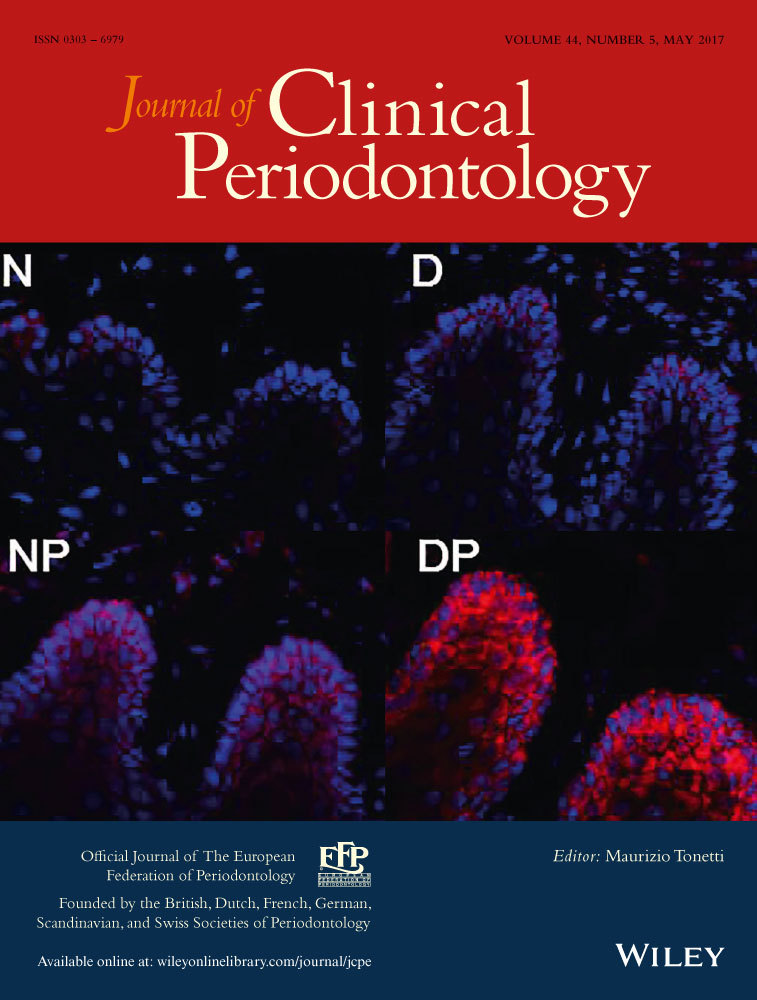Post-extraction mesio-distal gap reduction assessment by confocal laser scanning microscopy – a clinical 3-month follow-up study
Conflict of interest and source of funding statement
The authors declare that there are no conflicts of interest in this study.
No external funding, apart from the support of the authors’ institution, was available for this study.
Abstract
Aim
The aim of this 3-month follow-up study is to quantify the reduction in the mesio-distal gap dimension (MDGD) that occurs after tooth extraction through image analysis of three-dimensional images obtained with the confocal laser scanning microscopy (CLSM) technique.
Materials and Methods
Following tooth extraction, impressions of 79 patients 1 month and 72 patients 3 months after tooth extraction were obtained. Cast models were processed by CLSM, and MDGD changes between time points were measured.
Results
The mean mesio-distal gap reduction 1 month after tooth extraction was 343.4 μm and 3 months after tooth extraction was 672.3 μm. The daily mean gap reduction rate during the first term (between baseline and 1 month post-extraction measurements) was 10.3 μm/day and during the second term (between 1 and 3 months) was 5.4 μm/day.
Conclusions
The mesio-distal gap reduction is higher during the first month following the extraction and continues in time, but to a lesser extent. When the inter-dental contacts were absent, the mesio-distal gap reduction is lower. When a molar tooth is extracted or the distal tooth to the edentulous space does not occlude with an antagonist, the mesio-distal gap reduction is larger. The consideration of mesio-distal gap dimension changes can help improve dental treatment planning.




